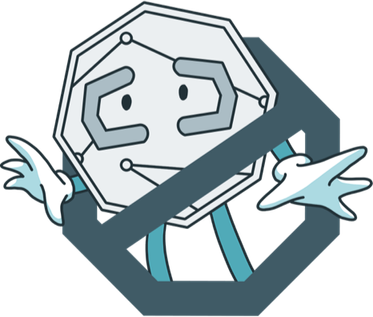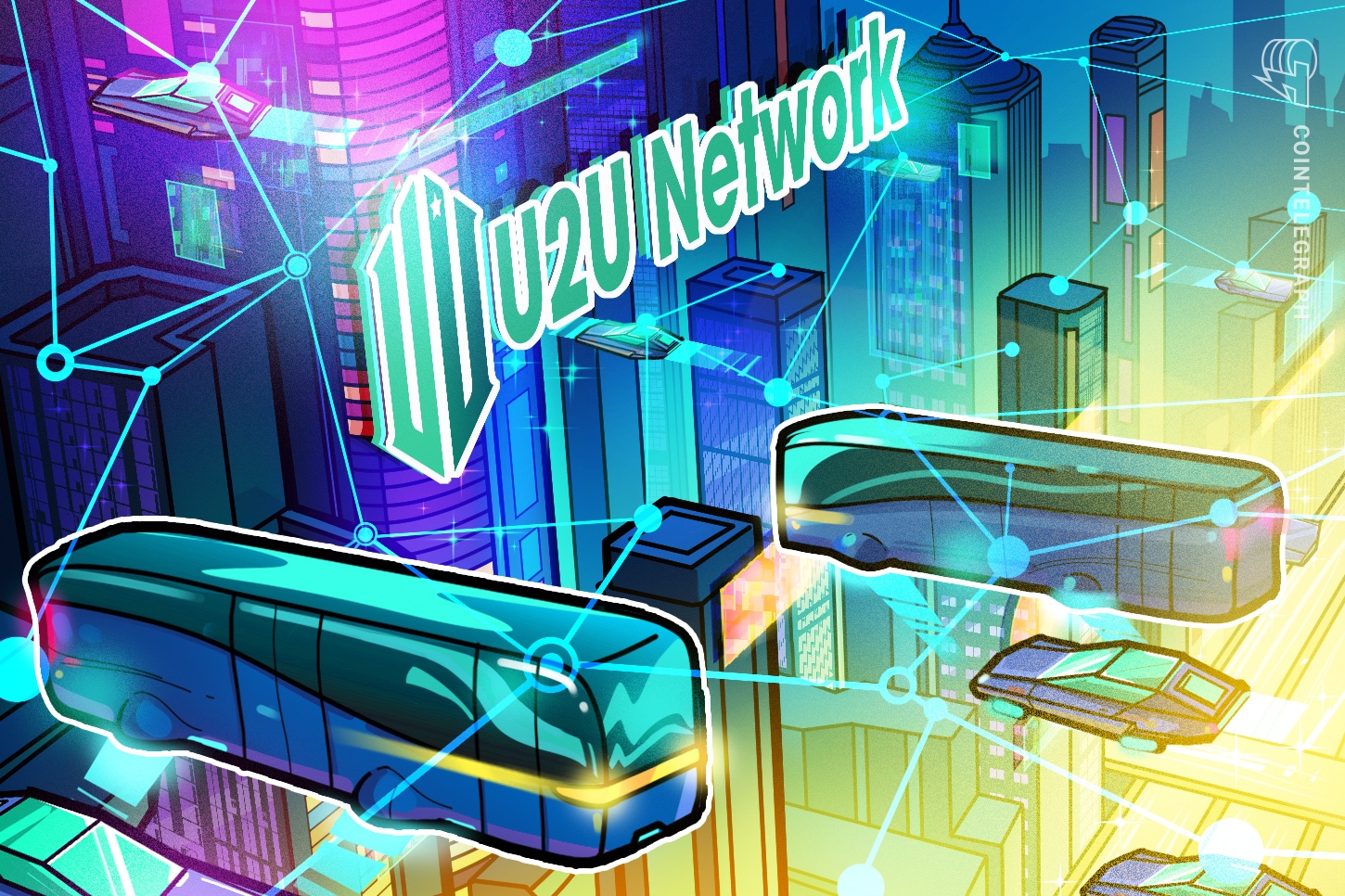Sponsored Content
For those unfamiliar, decentralized physical infrastructure networks (DePINs) might sound like science fiction—devices connected via blockchain collaboratively managing infrastructure like wireless networks and energy grids. Yet DePIN is already a $50 billion industry projected to be worth trillions within just three years, although current inefficiencies make this challenging.
Most blockchains weren’t designed for physical infrastructure, often failing the balance of scalability, decentralization and security — the blockchain trilemma. This leads to slow performance, high costs, and frustrating delays when physical devices are involved. Users also frequently encounter complex interfaces and unintuitive wallet management, limiting adoption.
Additionally, a lack of standardized protocols for data exchange, device integration, and economic models keeps DePIN projects fragmented, hindering their potential to scale and integrate into mainstream industries.
A powerful wake-up call
Meanwhile, developments like Vietnam’s recently passed Law on Digital Technology Industry serve as a wake-up call that DePIN technology must be able to provide real-world results.
Approved in June and set to take effect in 2026, the law is part of the country’s national blockchain strategy, and it marks the first law in the country that recognizes digital assets. Beyond establishing a regulatory framework for cryptocurrencies, the law seeks to turn Vietnam into a digital hub powered by blockchain-based infrastructure, such as DePIN.
Crucially, the legislation opens a pathway for both Web2 and Web3 industries to converge. It presents an opportunity for blockchain to integrate into traditional digital sectors, positioning DePIN as the practical bridge between onchain systems and offchain applications. But for that vision to materialize, the country needs a DePIN provider that can truly scale, stay secure and deliver a user experience simple enough for everyday use.
Forging Vietnam’s digital future
U2U Network is a DePIN blockchain that’s home to a myriad of products. These include U2DPN, DePIN Client Hub and GroFi DEX, which achieved $1.5 million in TVL within two months after launching its mainnet.
Traditional enterprises in Vietnam saw the opportunity and started to adopt U2U. With its robust technology, U2U will help Vietnam pursue its blockchain strategy through its collaboration with SSI Digital, the tech arm of Vietnam’s largest financial institution. SSID also led the Series A funding round of U2U Network.
A major TradFi x Web3 milestone for Vietnam
— U2U Network (@u2u_xyz) June 19, 2025
SSID, the tech arm of Vietnam's leading financial institution - SSI, has led the Series A round in U2U Network – a rising “Make in Vietnam” Layer-1 blockchain making waves globally.
🔗 Full announcement: https://t.co/5UHTVNPK3Z… pic.twitter.com/O1VF7Kn7bl
SSID and U2U share a unified, ambitious vision. While U2U provides a deep-tech foundation, SSID contributes essential capital, vast enterprise networks and regulatory expertise. Their joint goal is to accelerate the deployment of decentralized solutions across vital sectors in the country, such as public services, finance, education and logistics.
As Vietnam enters its next phase of digital transformation, the collaboration between SSID and U2U Network stands as a model for how traditional finance, forward-thinking policy and decentralized innovation can come together to build the infrastructure of the future, from Vietnam, for the world.
An ever-growing ecosystem
U2U Network is a layer-1 blockchain built specifically for DePIN. Its directed acyclic graph (DAG) structure and EVM compatibility enable over 17,000 transactions per second, with sub-one-second finality. The modular subnet architecture allows developers to launch purpose-built networks without clogging the main chain, making U2U highly scalable and application-friendly.
To improve user experience and drive adoption, the DePIN Client Hub provides a unified interface that consolidates dashboards, wallets and contributor tools. This simplifies onboarding and daily use for both developers and everyday participants, eliminating the fragmented UX that has held the space back.
U2U Network hosts more than 40 active DePIN projects and over 200,000 active wallets, with a community that exceeds one million users worldwide. One of these projects, U2DPN, is a decentralized private network that enhances online privacy by transforming devices into nodes and reducing reliance on centralized VPNs. Reaching 89,000 contributor nodes in total and serving 84 million sessions, U2DPN exemplifies the practicality and scalability of a DePIN network that keeps up with demands.
Collaborations across the Web3 stack — from hardware makers to payment rails — are rapidly turning DePIN’s promise into a production reality. German IoT pioneer Staex will onboard more than 1,000 devices to the U2U Network. Its smart modules on MIBO buses stream GPS, CO2 and system telemetry that will be anchored onchain on U2U for tamper-proof, transparent fleet analytics.
Nubila, a decentralized IoT and MachineAI provider, is partnering with U2U Network to bring real-time environmental data and AI insights from the $100 billion-plus weather economy onchain. At the same time, infrastructure firm Crossmint is integrating its full toolkit into U2U — including minting APIs, embedded wallets, fiat and crosschain payments, stablecoin support, KYC/AML tools, and AI agents – making it easier for builders to launch user-friendly apps with fiat payments, one-click wallets, gasless UX and higher user conversion.
Together, these partnerships illustrate how specialized Web3 and DePIN projects are pooling expertise to scale decentralized infrastructure for mainstream adoption.
What’s ahead
The future of DePIN won’t just be about faster transactions or clever tech alone. It will be about giving people the tools to own and operate the infrastructure they rely on daily, from how they connect to how they move, learn and build. With Vietnam setting the pace for how national policy and blockchain can move forward together, U2U Network is helping lay the foundation for a decentralized economy that works for Vietnam and far beyond.
Disclaimer. Cointelegraph does not endorse any content or product on this page. While we aim at providing you with all important information that we could obtain in this sponsored article, readers should do their own research before taking any actions related to the company and carry full responsibility for their decisions, nor can this article be considered as investment advice.


